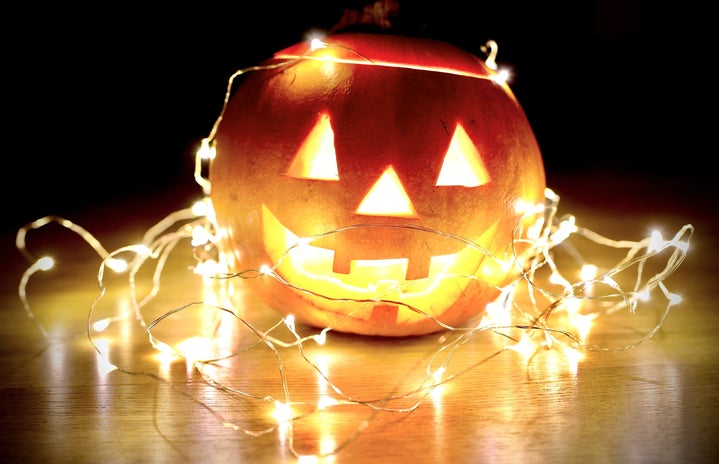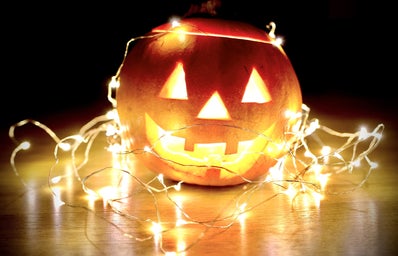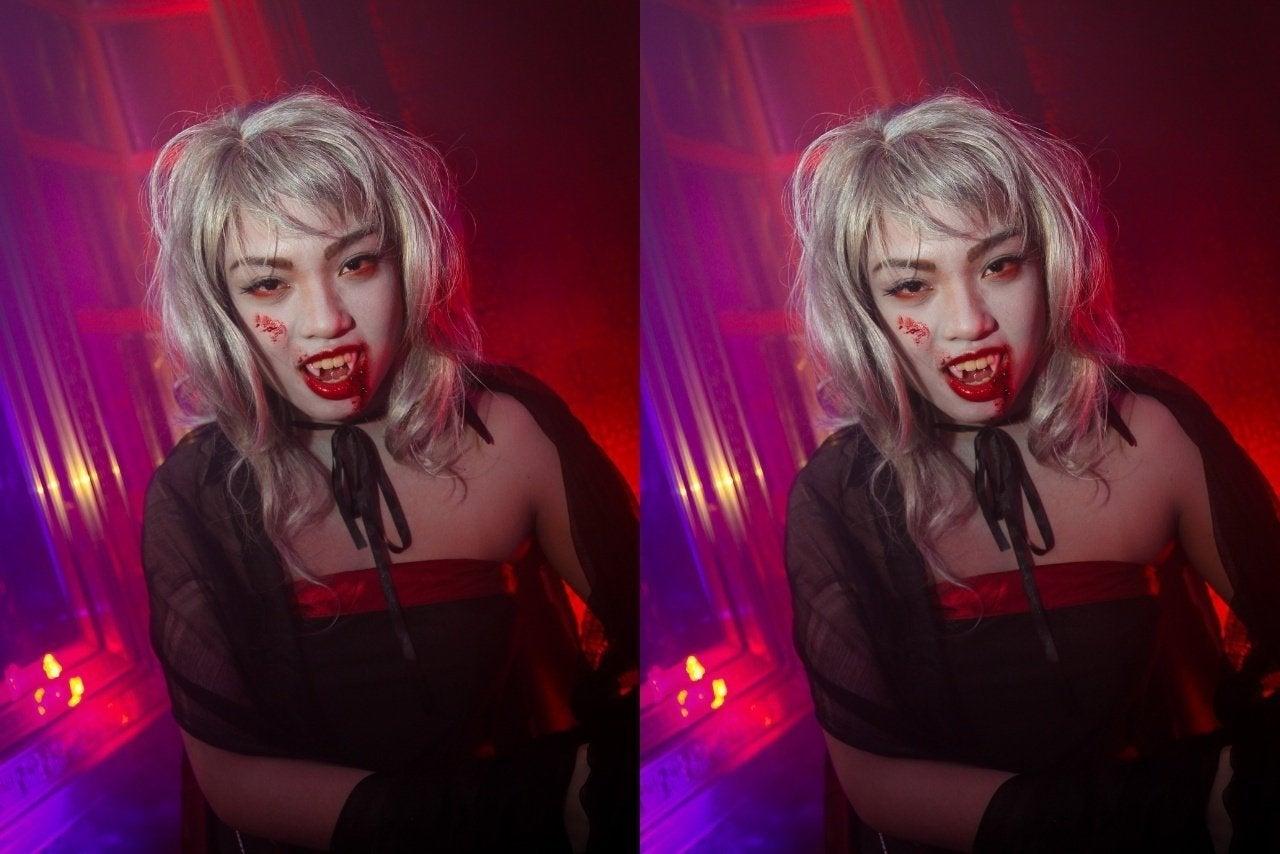For those who celebrate Halloween, it is more than just a holiday that falls on Oct. 31. It’s a time of year that signifies autumn’s arrival, where traditions and festivities are enjoyed, especially by fall-fanatics and occult lovers.
Throughout the years, the holiday has evolved into what we colloquially celebrate present day, but the origin behind our freakishly favorite Halloween customs spans much further than commonly perceived. To really get into the holiday spirit, let’s take a look at how our favorite Halloween staples came to be.
Elaborate drapes as homage to death and illness
Every year, crawling closer to Oct. 31, guys and girls meticulously plan to dress in their very best costumes, masks, and other creepy couture that’ll perfectly display their spirit for Halloween.
This staple tradition dates back to over 2,000 years ago when it was common for medics and Celts to adorn themselves in protective drapes and coverings meant to fend off evil forces. The “evil forces” in question were said to have manifested in spiritual agency or physical injury.
Depending on where you do your research, different sources recount variations in how these rituals were carried out. Still, it’s most notably believed that such customs originated from a pagan holiday, Samhain – meant to signify the end of seasons that brought death and sickness.
Over time, the baring of costumes and masks evolved with generations of modern civilization and revamped ideologies of disease and the supernatural – we see this in the concept of the plague doctor mask’s portrayal in “dark medicine,” where it’s become heavily associated with themes of horror and mortality following its essential role in aiding patients of the bubonic plague. While not as prevalent as modern-day adaptations, the present-day depictions of hazmat suits could be considered an equivalent to such.
With how broad the scope has become for Halloween costumes, it’s needless to say that this tradition no longer limits itself to strict homages of mortality. Rather, it’s only grown to encompass a broader spectrum to display your love for the holiday!
Carving Pumpkins to ward off spirits
Pumpkin carving is another wickedly whimsical tradition of Halloween that seems to have been around for ages. Today, it’s not uncommon for you to see doorways and windowsills decked out with pumpkins sporting cutouts of freaky faces and popular icons. While it’s become a popular custom in America, the art of carving was initially adopted in Ireland from an old folktale of Stingy Jack.
In 19th-century Ireland, the legend of Stingy Jack involves the trapped spirit of the jaded farmer, given only a turnip and burning coal to light his path as a wayward soul between Irish fields and the spiritual world. The art of carving in this context was initially conceived by Irish natives as a means to ward off unwanted spirits, and it was said to bring misfortune to health and wellness through rotten harvests and spoiled produce.
This tradition saw an eventual integration into American culture when Irish immigrants first arrived, bringing the folklore of Stingy Jack along with them. This is where the incorporation of pumpkins started, as it was the more abundant and convenient crop of choice in the nation. The public’s reception to the new custom was well received, and it increasingly became more popular in its successful connotation to Halloween, sticking around ever since.
How vampires came from the idea of bloodletting
Bloodletting refers to a practice that dates back to 1000 B.C. when it was a common belief that all illness was strictly contained within the type of fluid circulating wherever the pain was felt. Originating in Egypt, it was believed that there were four essential components of this fluid – referred to as the four humors:
- Blood – said to control one’s vitality and energy.
- Phlegm – associated with physical pain and discomfort.
- Yellow Bile – concerned with anger and mania.
- Black Bile – responsible for feelings of negativity and aloofness.
Depending on the type of pain experienced, the practice involved different mechanisms draining blood from the body in hopes of eliminating the sickness. The capacity of modern medicine at this time was only so advanced, so misconceptions about health and human biology were common.
Bloodletting led to another misconception about the value of blood and its spiritual implications. At the time, many had believed that loss of blood was directly associated with chronological loss of life. Alternatively, the abundance of blood resonated with eternity. Because of this, it was notorious for those performing bloodletting procedures to become portrayed as entities of immortal life – what we’ve come to know as vampires.
Subsequently, the concepts of vampires being closely related to death and devilry began to see integration into the Celtic ideologies previously mentioned. From here, the evolution of vampires manifested in its current day depiction and has become heavily dependent on its integration into different cultures and folklores worldwide.
Nonetheless, amongst the roll-call of bewitching Halloween mascots and monsters, vampires have reigned as one of the original icons of the holiday.
Had I taken the time to delve into each aspect that truly makes Halloween the eclectic occasion it’s come to be, I’m sure I’d have enough to write about until the next time it comes around. Even so, the customs of Halloween span far beyond pumpkins, costumes, and vampires. With so many layers to its culture, Halloween is something to look forward to year-round, as it’s been a refined holiday for centuries.
With how much history has been woven into the span of its nature, it’s interesting to see the versatility in how Halloween is celebrated, encouraging us to keep folklore and imagination alive!
Happy Halloween!





